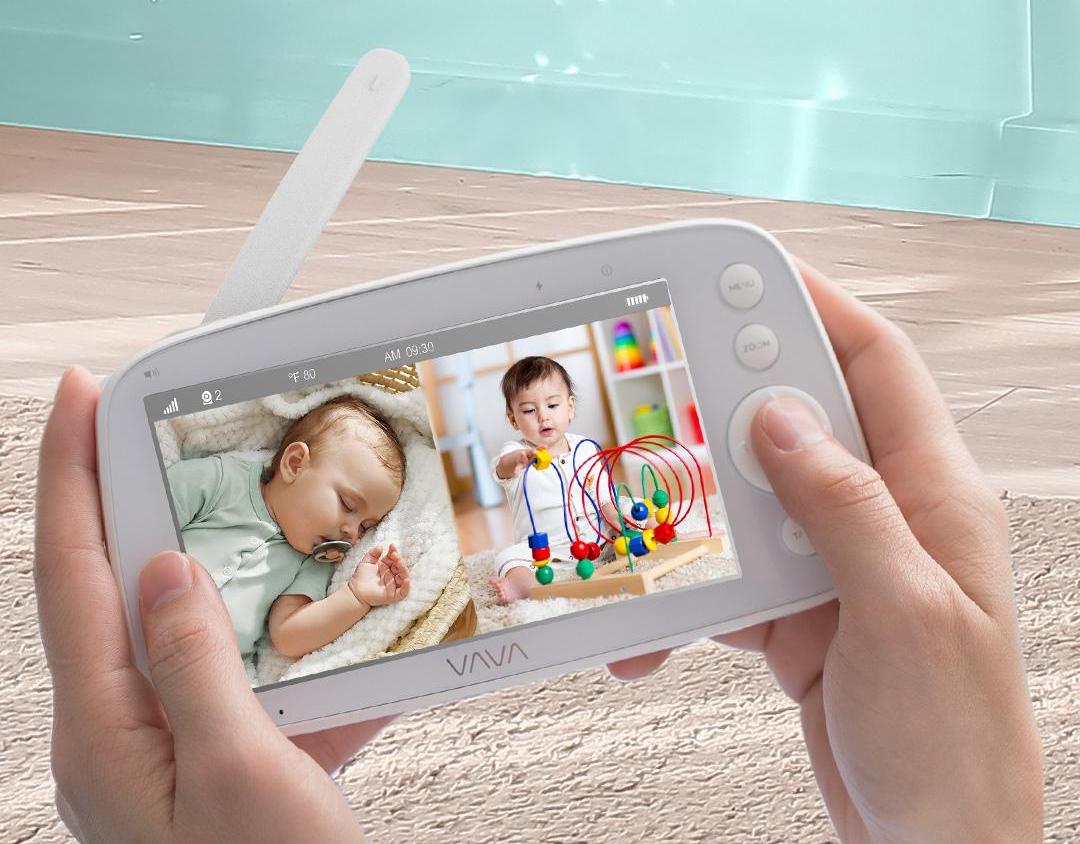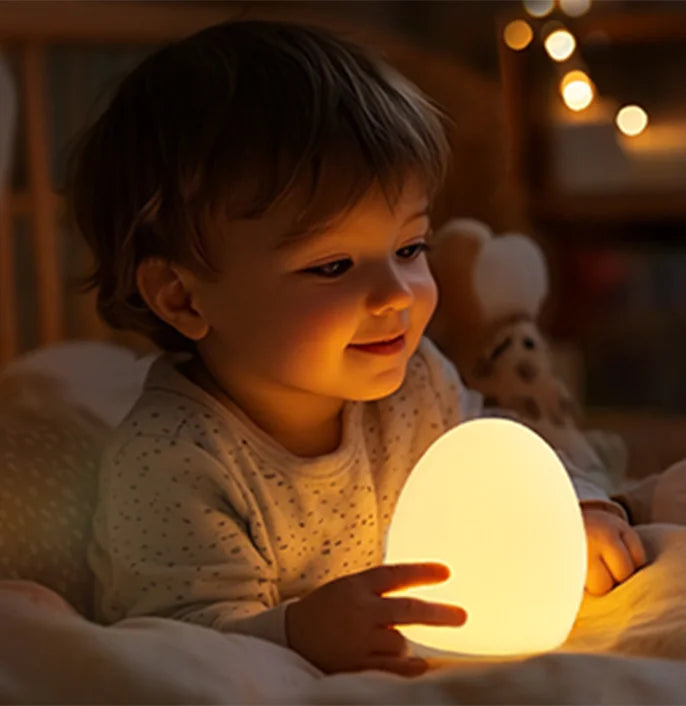By Scott Wilkinson
TV screens are getting larger. These days, 65 is the new 55—that is, the most popular size of TV screen is now 65 inches, up from 55 inches only a few years ago, and the price of a 65-incher is about the same as a 55 was back then. Amazingly, 75- and even 85-inch screens are becoming more common and affordable as well.
This makes sense. As the resolution of consumer content increases from HD to 4K, you need a larger screen to appreciate all the extra detail in the image. And manufacturing costs continue to drop as companies leverage the economies of scale. Still, increasing the size of a flat-panel TV beyond a certain point pushes the cost into the stratosphere. If you want a TV measuring 90 inches or larger, be prepared to cough up five figures.
Fortunately, there is an alternative. A projector can easily fill a screen measuring 100 inches and much larger for far less than a comparably large flat-panel TV—and flat panels larger than 100 inches don't even exist! (Micro-LED displays can be made just about any size, but now we're talking about a price tag of six figures or more.) It requires a bit more thought and care to set up a projector than simply taking it out of a box, plunking it down, and turning it on—but then again, so does a TV if you want to get the most out of it.
Front-Projector Problems
When most people think of projectors, they imagine a setup like a conventional movie theater: a projector at the back of the room shining its light onto a screen at the front of the room (see Fig. 1). This so-called front-projection system works great in a commercial cinema, but it has some drawbacks in the home.

For one thing, front-projection systems typically require a room with little or no ambient light and, ideally, dark walls and ceiling to look their best. That's fine for a dedicated theater, but what if you want a really big screen in your living room to watch sports with your pals? No one wants to sit in the dark for that!
Then there's the issue of distance. Your electronics—streamer, Blu-ray player, AV receiver—are probably near the front of the room, while the projector is at the back. This usually requires a very long HDMI cable that can be quite expensive and might not support 4K content. Also, you might need to mount the projector on the ceiling, which is no easy task.
If you use a front-projection system in a room with ambient light and/or light-colored walls, the image on the screen looks very washed out and uninvolving. You can improve the situation with a special type of screen that rejects ambient light. When light from a projector hits an ambient-light rejecting (ALR) screen head on, it is reflected back into the viewing area. But light coming from other directions—say, from overhead lights or windows at the side of the room—is reflected away from the viewing area.
Even with an ALR screen, there's another problem with front-projection systems. If someone walks between the projector and the screen, they can cast a shadow on the screen, disrupting the image and causing viewers to shout, "Down in front!" And if they happen to look directly into the light from the projector, they can damage their eyes.
Ultra Short Throw to the Rescue
Ultra-short-throw (UST) projectors solve all these problems. Instead of being across the room, a UST projector is placed directly under the screen on a credenza or other platform just a few inches from the wall (see Fig. 2). Its light fires upward onto the screen, which is specially designed to reflect that light out into the viewing area.

That means UST projectors are quick and easy to set up. You don't have to deal with a complicated ceiling mount and, if you're not the handy type, you can avoid the cost of a professional installation. Also, because the projector is located at the front of the room, the HDMI cable connecting it to your AV receiver can be fairly short, which is much less expensive than a long cable and especially important for 4K content.
If you don't have an AV receiver, you can connect your source devices directly to the projector with short cables. And if you don't want an outboard sound system in the living room, the projector can include an integrated soundbar, which beats the pants off just about any TV's onboard sound system.
In terms of picture quality, a UST screen typically rejects ambient light coming from other directions, so the picture is not washed out if the lights are on. In addition, the projected light doesn't have to travel across the room, so the image has a higher perceived brightness compared with long-throw projectors. And there is no danger of anyone walking between the projector and screen, casting shadows or blinding them.
The VAVA 4K Laser projector is among a new crop of UST models that offer easy setup, high brightness, an integrated soundbar, and so-called "smart TV" functionality. And at $2800, it's one of the most affordable models available today. Aside from the projector itself, all you need is a UST ALR screen measuring from 100 to 150 inches, which is readily available from companies such as Screen Innovations and Elite Screens.
If you want a huge screen in a dedicated, darkened man cave, a front-projection system works just fine. But if you want that huge screen in the living room where everyone can enjoy it with the lights on—and without needing an outboard audio system—a UST projector with an integrated soundbar is equivalent to a giant flat-panel TV for far less than such a TV would cost.
It's the best of both worlds!





Share: